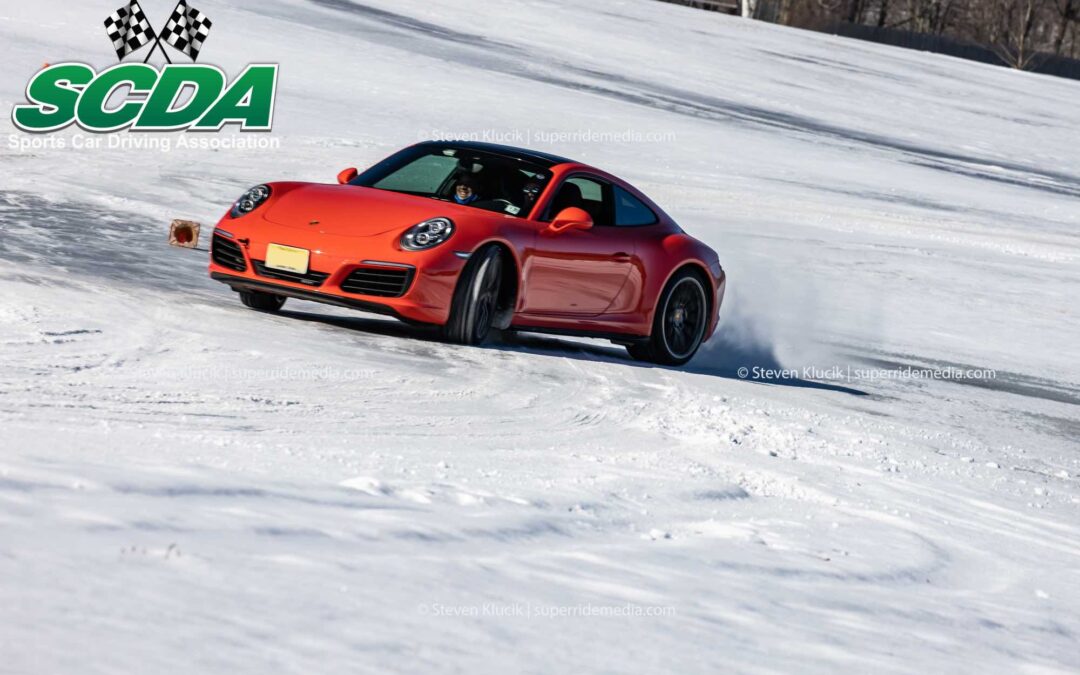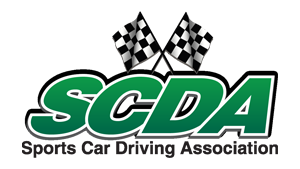Perfecting your winter driving skills. Why is it important?
Driving in the winter is one of the most challenging situations that most drivers come across. It can be both scary and dangerous for not only beginners but also for experienced drivers. Snow and ice can create a sudden loss of traction causing you to lose control of your vehicle. These low grip surfaces magnify driver’s mistakes. Knowing how your car will respond in tricky conditions and learning how to handle that is essential to keeping your car on the road.
So, what are some things that you can do to prepare yourself for driving in wintery conditions?
Check your tires.
- As the temperature drops, so does the pressure in your tires. Make sure that your tires are filled to the manufacture’s recommended pressure setting. This information is location in your owner’s manual and on the driver side of the door frame.
- Inspect your tires for wear and tear. It is best to do this when tires are cold. You will want to make sure there are no cuts, punctures, scrapes, or bulges. Additionally, you should make sure the tire threads are not worn down and measure 8/32 of an inch or greater.
- Consider investing in a set of snow tires. Snow tires have deeper, more flexible rubber compound that can provide you with better traction.
Become familiar with your car’s safety features.
- What kind of brakes do you have? Antilock brakes (ABS) are standard on all new vehicles. The antilock brake system prevents your wheels from locking up during braking and restores traction to your tires. When you brake, the ABS may vibrate or pulse when engaged. This is completely normal. Make sure to apply firm, continuous pressure to the brake pedal until you come to a stop. If you don’t have antilock brakes, you will need to pump your brakes if your wheels start locking up.
- Does your car have traction control? Many new vehicles also have this as a standard feature now. Traction control will help your vehicle gain traction in snowy, icy, or wet surfaces. It will kick in when accelerating from a stop or slowed position or when trying to make it up a slippery hill.
Slow down.
- Steering and braking is going to take longer in bad weather conditions. Accelerate and decelerate slowly.
- When turning the wheel, be smooth and deliberate. Do not jerk the wheel.
Learn how to handle oversteer and understeer.
- Understeer: When you turn the wheel, and the car keeps going straight. This occurs when the front wheels loose traction before the rear wheels. When this happens, slightly unwind your steering input to regain traction and release the gas gently. Do not slam on the brakes or try and turn the wheel more.
- Oversteer: When the car turns more then you want, and the rear of the car slides out or the car fully spins. This occurs when the rear wheels lose traction before the front wheels. When this happens, remember CPR: Correct, Pause, Recover. Correct by steering into the direction of the skid. Pause when the rear of the car stops sliding. Recover by adding a little gas to keep the weight of the car in the back and bring the wheel back straight. Remember, be smooth with your inputs or else you risk over correcting and skidding in the opposite direction.
Improving your driving skills takes training and practice. Remember, practice makes permanent, not perfect! You need to repeat an action several times for it to become a habit. When you are driving, you want your reaction to situations be second nature. You want to be able to react quickly, smoothly, and without stress. Fortunately, doing a SCDA Winter Car Control clinic can get you the practice you need and help you learn the advanced winter driving techniques and strategies discussed above.
During SCDA Car Control Clinic events, you will have a classroom session and driving time on a purpose built ¾ mile long autocross track. The classroom will go over vehicle dynamics, oversteer, understeer, steering techniques, and threshold braking. When you get into your car and out on the course, that’s where your car control skills will really be put to the test! If that sounds overwhelming to you, don’t worry! Our instructors will be with you throughout the day, in and out of the car, to help you master it all. By the time you leave, you will feel more confident to take on whatever mother nature has in store!
SCDA – High Performance Driving & Track Events (HPDE)
Founded in 1995, the Sports Car Driving Association (SCDA) provides the driving enthusiast the opportunity to experience high performance driving in a safe and controlled environment. SCDA events are strictly driver educational events and are non-competitive. SCDA welcomes everyone from novices with no track experience, as well as seasoned track drivers. We invite you to explore our www.SCDA1.com website to learn more about us and our events at some of the best tracks in the East Coast.


